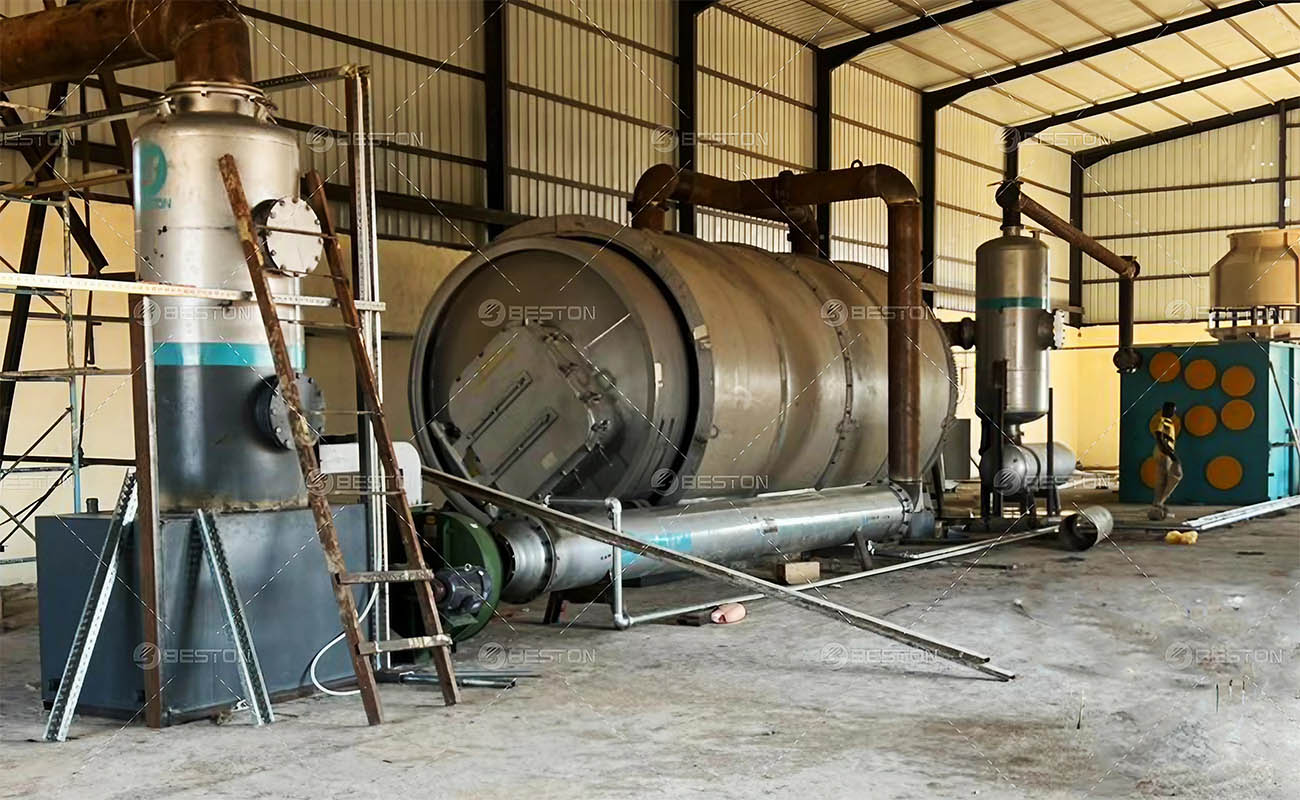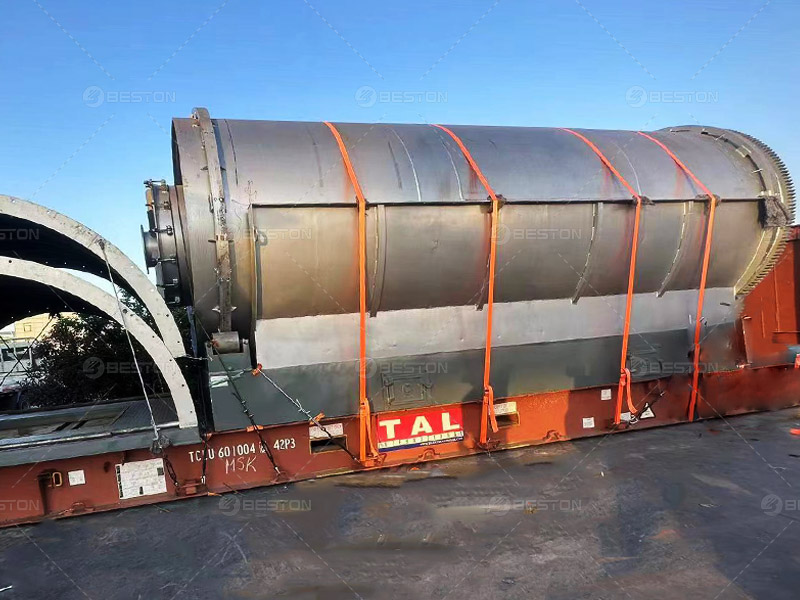Pyrolysis, a cutting-edge thermochemical process, stands at the forefront of waste management technology, addressing the mammoth challenge of industrial solid waste pollution. This article delves into the technical intricacies, environmental advantages, economic benefits, and the promising future prospects that pyrolysis plants offer in mitigating industrial solid waste pollution. Let’s dive into the detailed exploration of each significant aspect associated with the contribution of pyrolysis plants in alleviating industrial solid waste pollution.
Introduction
Understanding Pyrolysis Technology
Pyrolysis, a thermochemical decomposition process, converts organic materials into valuable products via controlled heating in the absence of oxygen. It offers a sustainable approach to manage industrial waste.
Industrial Solid Waste Pollution: Challenges and Impact
The ever-increasing volume of industrial solid waste poses significant environmental and health hazards, demanding urgent solutions to minimize its adverse impact on ecosystems and human well-being.
Pyrolysis Plant Operations
Process and Mechanisms
The pyrolysis plant utilizes high temperatures to break down organic compounds in waste materials, transforming them into useful by-products such as biochar, oil, and syngas.
Types of Industrial Waste Suitable for Pyrolysis
Various industrial waste streams, including plastics, rubber, biomass, and organic sludge, are viable materials for pyrolysis, presenting a versatile solution for waste treatment.

Environmental Benefits
Emission Reduction and Air Quality Improvement
Pyrolysis contributes to reduced emissions by capturing volatile compounds during the process, thus diminishing pollutants and improving air quality.
Waste Minimization and Resource Recovery
By converting waste into useful products, pyrolysis aids in waste minimization and resource recovery, steering away from traditional disposal methods, which often lead to environmental degradation.
Economic Advantages
Value Recovery and Resource Regeneration
The pyrolysis plant for sale recover value from waste materials, generating usable products like biofuels and carbonaceous materials, thereby transforming waste into valuable resources.
Cost-effectiveness and Potential Revenue Streams
Implementing pyrolysis systems can be cost-effective in the long term, offering potential revenue streams from the sale of by-products, contributing to a circular economy model.
Technological Innovations
Advanced Pyrolysis Techniques
Continual advancements in pyrolysis technology offer more efficient processes and higher-quality output, ensuring better resource recovery and environmental benefits.
Integration with Waste Management Systems
Integrating pyrolysis into broader waste management systems enhances the overall efficiency of waste treatment, providing a comprehensive solution for sustainable waste disposal.
Future Prospects and Impact
Sustainable Solutions for Industrial Waste Management
Pyrolysis plants represent a step forward in sustainable industrial waste management, offering an eco-friendly alternative for waste treatment and resource recovery.
Technological Development and Expansion
Ongoing technological development in pyrolysis promises a substantial impact on waste treatment, leading to broader implementation and adoption in various industrial sectors.

Comments
No comments yet. Be the first to react!